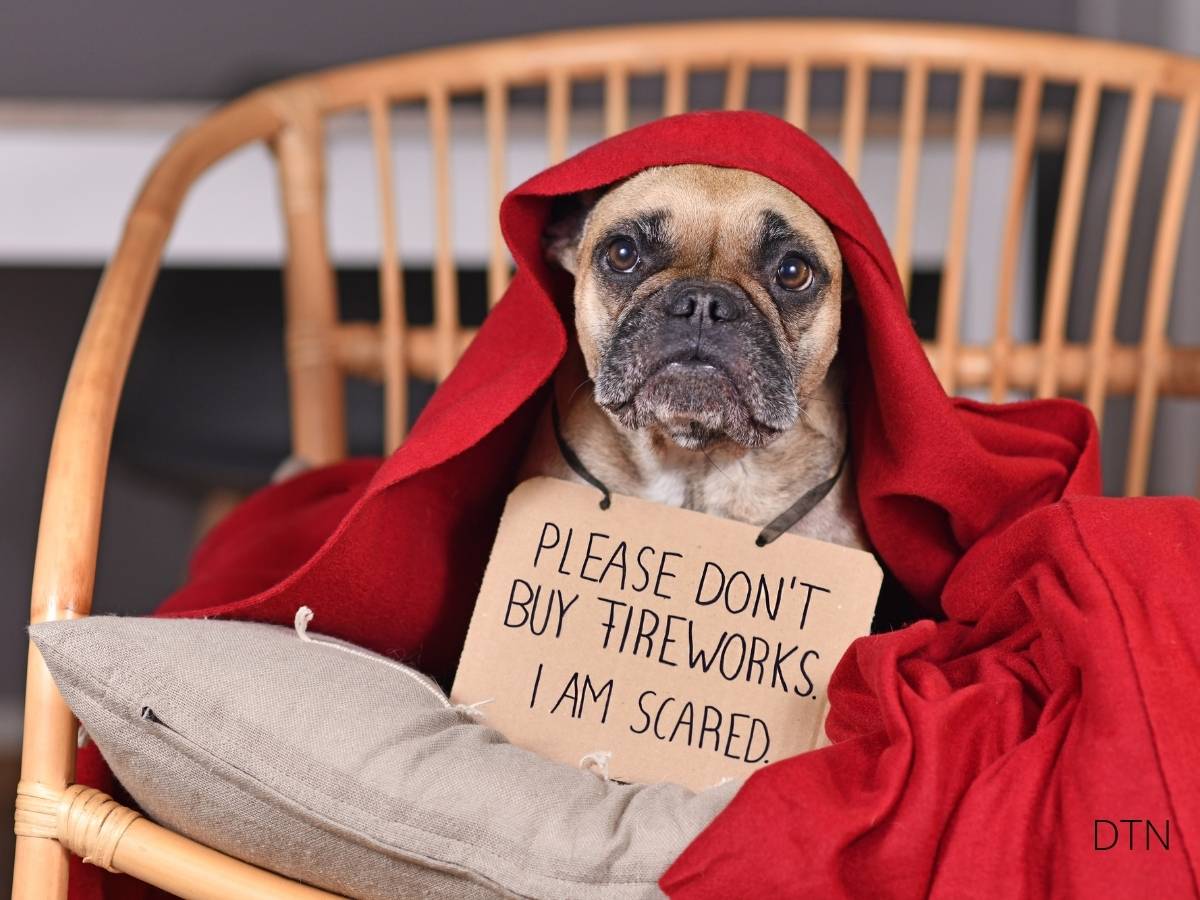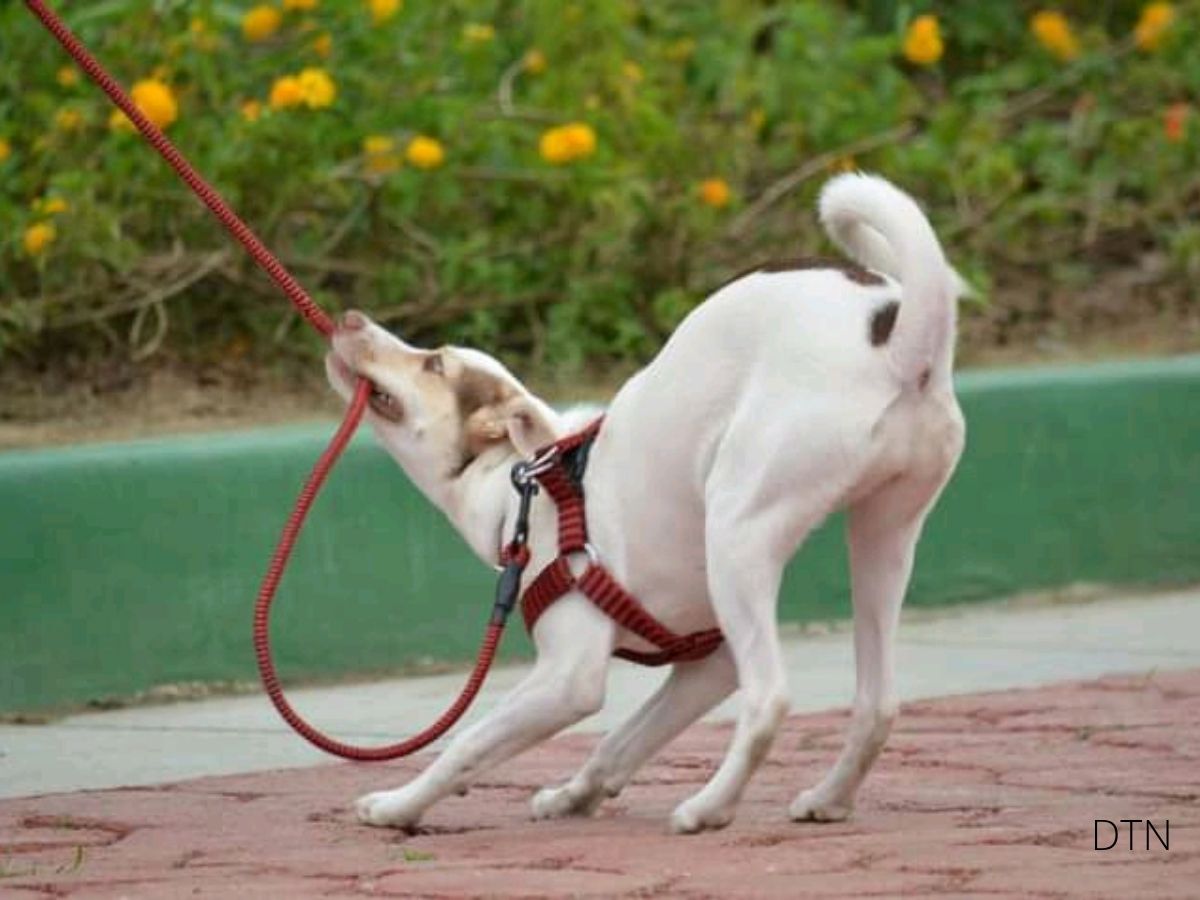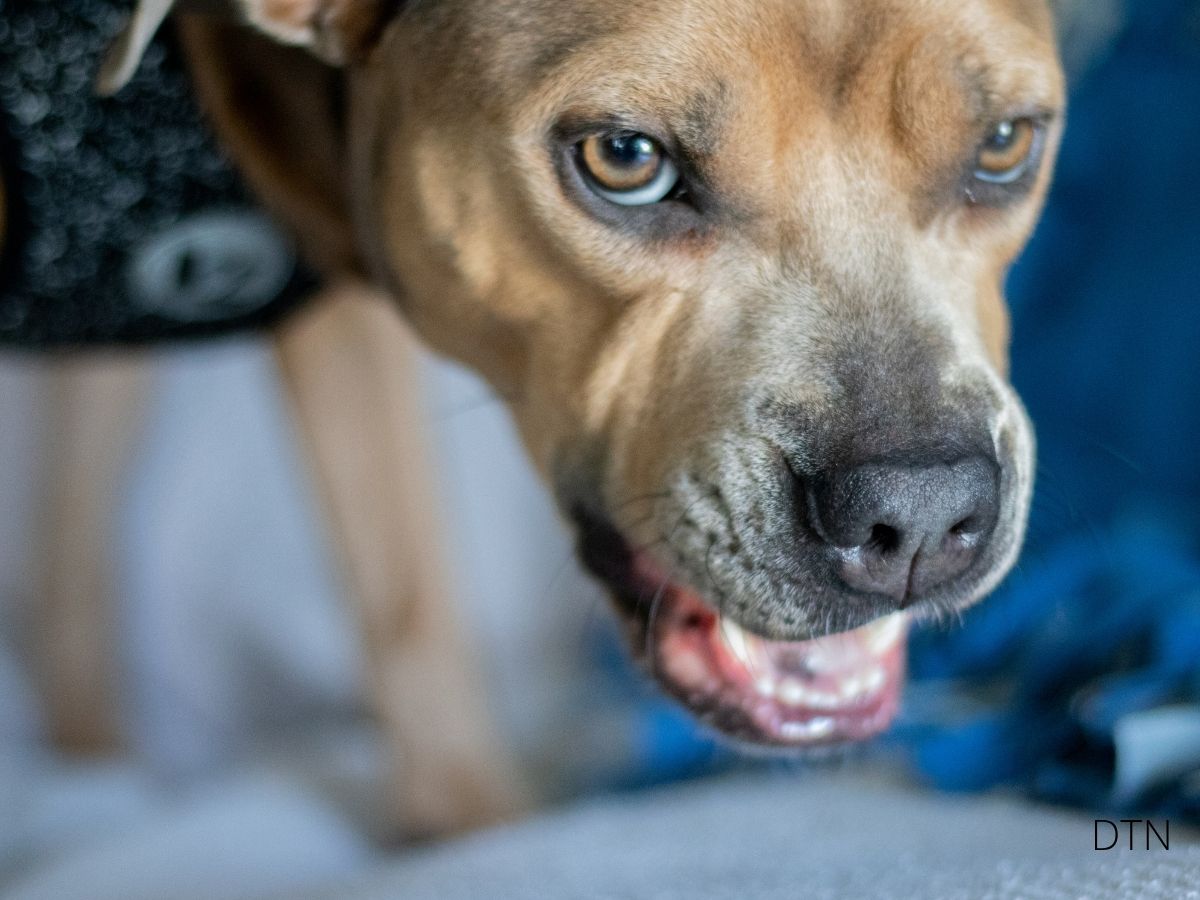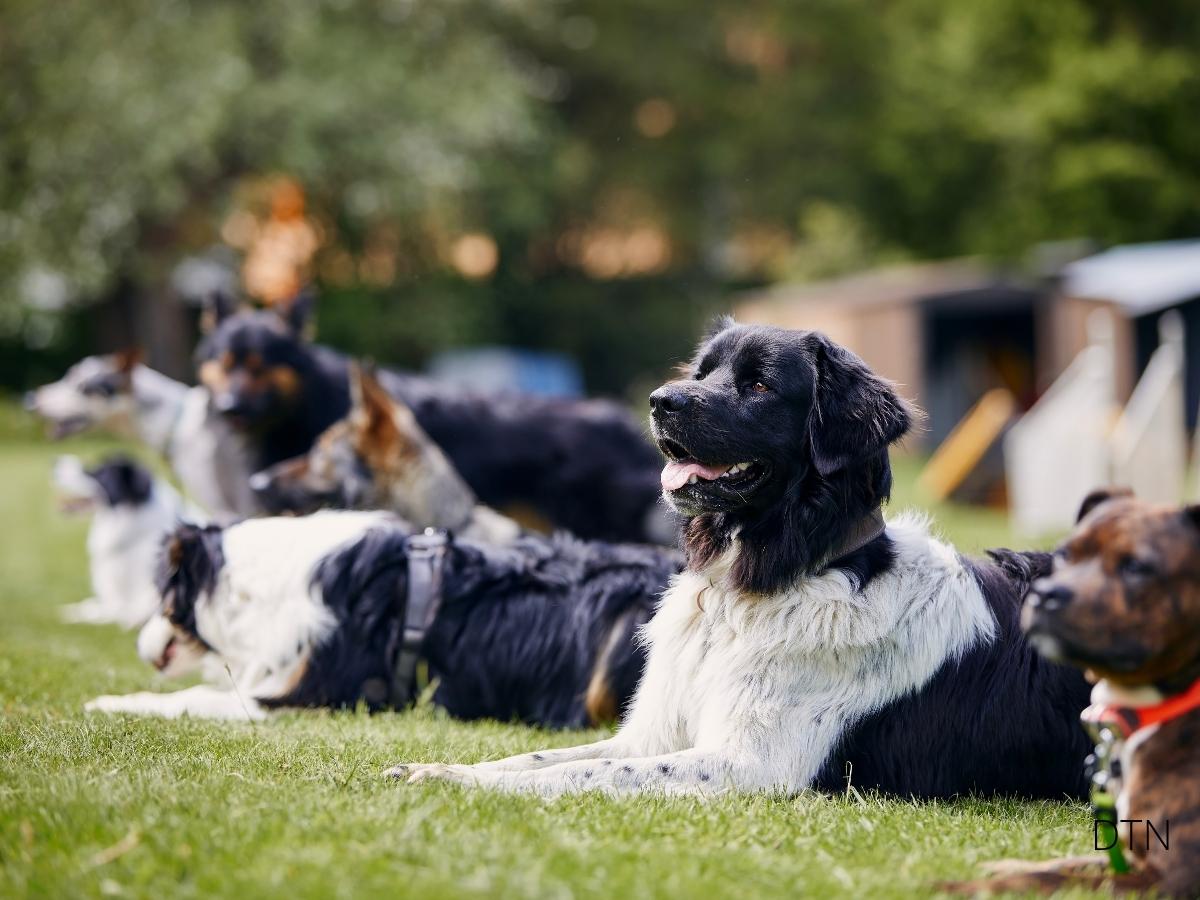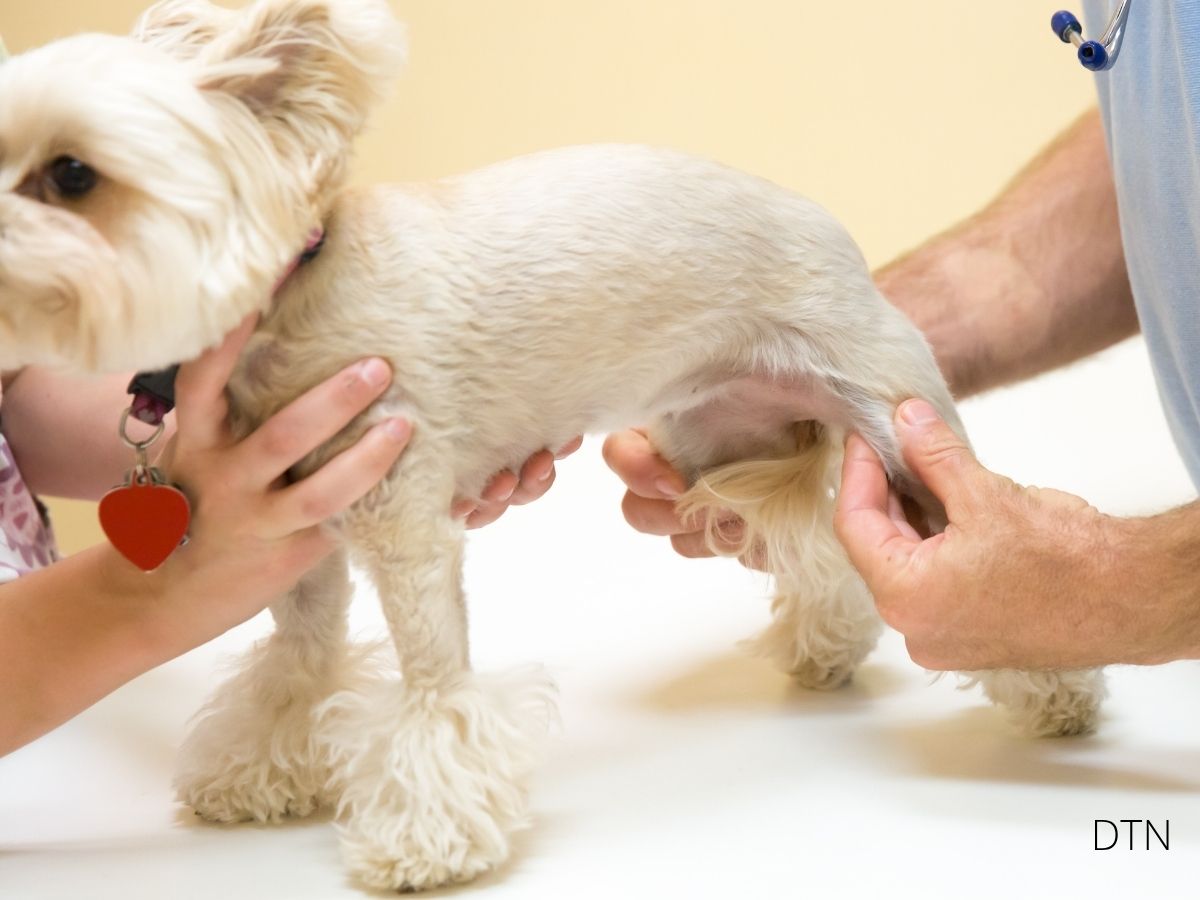Understanding Noise Phobia in Dogs
If your dog transforms from a confident companion into a trembling shadow during thunderstorms or fireworks, you’re not alone. Approximately one-third of all dogs suffer from noise aversion, making it one of the most common behavioral challenges pet owners face. This fear isn’t just an inconvenience—it’s a genuine welfare concern that can significantly impact your dog’s quality of life and your bond together.
Noise sensitivity in dogs exists on a spectrum, from mild unease to full-blown panic. Some dogs may show subtle signs like increased alertness during distant thunder, while others experience such intense terror that they become destructive or attempt desperate escapes. This variation reflects complex interactions between genetics, experience, and individual temperament.
Recognizing the Signs
Silent Signals
Before vocalizing distress, dogs communicate fear through body language:
- Ears pinned back against the head
- Tail tucked between legs
- Excessive yawning or lip licking (self-soothing behaviors)
- Dilated pupils or “whale eye” (showing whites)
- Trembling or freezing in place
- Seeking hiding spots or attempting to escape
Vocal Expressions
As fear intensifies, dogs may:
- Whine continuously
- Bark defensively or in confusion
- Howl or produce high-pitched distress calls
- Pant excessively
Research shows that 74.5% of fearful dogs actively seek their owners during noise events, recognizing them as safe havens. When your dog presses against you or follows you room to room, they’re communicating a profound need for security.
Why Some Dogs Are More Susceptible
Several factors influence noise sensitivity:
Genetics and Breed: Herding breeds often show increased sensitivity due to their heightened environmental awareness. Some working breeds bred for loud environments may show greater tolerance.
Age: Senior dogs become more prone to noise phobia, possibly due to cognitive changes, accumulated stress, or declining sensory abilities. Vision or hearing problems can make sounds seem more threatening or unexpected.
Past Experiences: A single traumatic encounter with loud noises can establish lasting fear memories. The brain’s amygdala creates powerful associations designed to ensure survival, and these tend to strengthen over time without intervention.
Treatment Approaches
Behavioral Modification
Systematic Desensitization: Gradually expose your dog to recorded sounds at very low volumes while they remain relaxed. Start with barely audible levels and increase extremely slowly over weeks or months. If you notice any anxiety signs, you’ve moved too quickly.
Counterconditioning: Create positive associations with previously scary sounds. Play recordings of distant thunder while engaging in favorite activities or delivering special treats. The key is timing—rewards must occur while your dog perceives the sound, before panic sets in.
Environmental Management
Create a Safe Space: Establish a dedicated retreat where your dog can choose to go. This might be a covered crate, closet with blankets, or interior room. The crucial element is that your dog chooses this space and associates it with safety before needing it during noise events.
Sound Masking: Use white noise machines, calming music, or fans to muffle triggering sounds. Heavy curtains, closed doors, and strategic furniture placement can create acoustic barriers. Some dogs respond well to classical music with prominent bass frequencies.
Dogs are miracles with paws.
– Susan Ariel Rainbow Kennedy
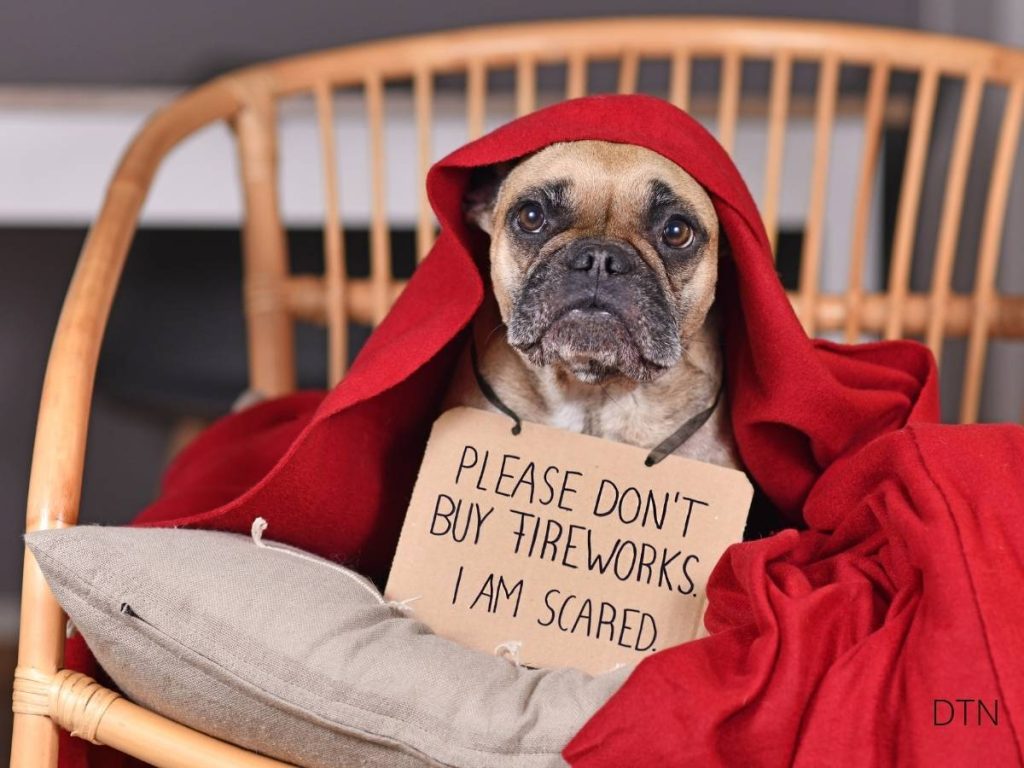
Medical Support
Recognizing when pharmaceutical intervention is necessary requires honest assessment. If noise phobia prevents normal activities, causes self-injury, or creates dangerous escape attempts, medication provides biochemical support that enables behavioral therapy success.
Modern medications go beyond simple sedation. Options include:
- Situational medications for predicted events
- Daily medications that modulate brain chemistry
- Natural supplements like L-theanine or adaptogenic herbs
Always consult your veterinarian about the best approach for your individual dog.
Nutritional Support
Diet can impact stress resilience:
- Omega-3 fatty acids (fish oil) support healthy brain function
- B-vitamins help regulate the nervous system
- Magnesium acts as nature’s relaxation mineral
- L-theanine promotes relaxation without sedation
- Tryptophan helps produce calming serotonin
Practical Daily Management
Preparation Strategies
- Check weather forecasts daily during storm seasons
- Exercise dogs before predicted noise events
- Prepare safe spaces with comfort items
- Keep medications and calming aids accessible
- Maintain consistent routines when possible
During Noise Events
- Remain genuinely calm—dogs detect subtle stress signals
- Provide comfort based on your dog’s preferences
- Use consistent verbal cues like “safe space”
- Don’t force interaction if your dog prefers distance
- Never punish fear responses
Emergency Kit Essentials
- Current medications with dosing instructions
- Veterinary emergency contacts
- Thunder shirt or anxiety wrap
- High-value treats for distraction
- Calming pheromone products
- Updated ID tags (in case of escape)
- Favorite comfort items
The Multimodal Approach
Successfully managing noise phobia rarely involves a single solution. Combining behavioral, environmental, nutritional, and sometimes pharmaceutical interventions creates synergistic effects. Your integrated plan might include:
- Desensitization during calm periods
- Environmental modifications for acute events
- Daily calming supplements
- Situational medication for predictable triggers
Special Considerations for Senior Dogs
Older dogs face unique challenges with noise phobia. Cognitive dysfunction can exacerbate fears, while sensory decline makes sounds seem distorted or unexpected. Pain from conditions like arthritis lowers overall stress tolerance.
Adapt interventions by:
- Progressing more slowly with behavior modification
- Ensuring physical comfort in safe spaces
- Adjusting medication protocols for organ function
- Focusing on comfort over complete resolution
Prevention for Puppies
The critical socialization window (3-14 weeks) offers invaluable prevention opportunity. Controlled, positive exposure to varied sounds during this period helps puppies develop acoustic confidence. Play recordings of various sounds at low volumes during positive activities, creating good associations before fear develops.
When to Seek Professional Help
Consult a veterinary behaviorist if:
- Standard approaches haven’t succeeded
- Your dog injures themselves during noise events
- Fear generalizes to more situations
- Quality of life significantly decreases
These specialists can prescribe sophisticated medication protocols while designing detailed behavior modification plans tailored to your dog’s specific needs.
Building Your Support Network
Don’t face this challenge alone. Resources include:
- Veterinary behaviorists for complex cases
- Certified dog behavior consultants for training support
- Online communities for practical tips and emotional support
- Local trainers experienced with fearful dogs
Measuring Progress
Track improvement using consistent rating scales. Document fear responses, noting triggers and intensity. Progress rarely follows a linear path—expect setbacks during actual noise events, especially early in treatment. These temporary regressions are normal parts of the learning process.
Key Takeaways
Living with a noise-phobic dog requires patience, commitment, and often professional support. Remember:
- Fear of loud noises is a genuine medical condition, not a training failure
- Modern science offers multiple effective treatment approaches
- Providing comfort doesn’t reinforce fear—it builds trust
- Every small improvement matters
- Seeking help is providing optimal care, not admitting defeat
Your noise-sensitive dog didn’t choose their fear, but you’re choosing to help them through it. With appropriate interventions and unwavering compassion, you can help your fearful friend discover that even in a noisy world, safety and peace are possible. The journey may be challenging, but the deepened bond and breakthrough moments when fear transforms to confidence make it profoundly rewarding. 🐾


